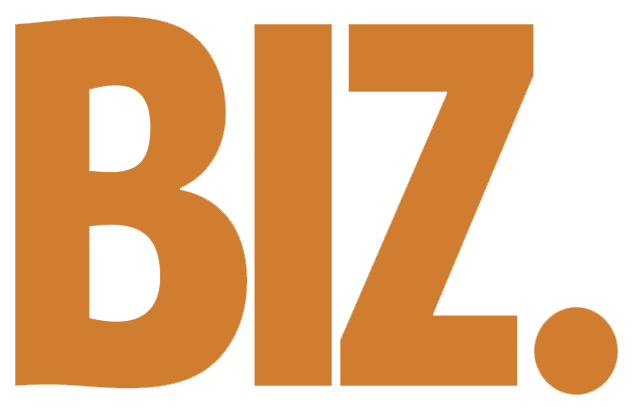SHREVEPORT – Public speaking – it’s arguably the most nerve-racking experience for students and professionals alike.
But LSUS public speaking instructor Trey Gibson conducted a case study in an attempt to reduce anxiety and improve the quality of speeches students delivered.
One week before giving the speech in front of a live classroom audience, students could use an app called VirtualSpeech to practice their speech in a virtual reality setting using a VR headset.
Throughout three semesters of public speaking classes, Gibson determined that frequent Virtual Speech users reported more positive feelings toward public speaking and delivered better speeches in front of live audiences.
“I think it did improve the quality of speeches because VirtualSpeech measures certain aspects of a student’s speech,” Gibson said. “I can say ‘You need to share more eye contact,’ but that’s subjective and vague.
“VirtualSpeech uses artificial intelligence to measure that the student is looking to the left side of the audience just 20 percent of the time.”
VirtualSpeech measures eye contact, speech speed (words per minute), listenability (based on vocabulary and sentence complexity) just to name a few metrics.
“The software offers good preliminary feedback that gives students something actionable before they walk in and deliver the speech to a live audience,” Gibson said. “With the anxiety that comes with public speaking, you can fly through a presentation at fast rates like 160 or 180 words per minute – especially if you’re reading and not delivering a speech.
“Students are also using the virtual reality headset in front of a handful of peers, so they are getting human feedback in this process as well.”
Of the 87 students who completed the survey, 56 of those students used VirtualSpeech for at least three of the four speeches in the class.
Those high-use students reported that virtual reality is a valuable tool in public speaking (4.34 score on a five-point scale) and that the technology helped them understand their faults (4.21 score).
“The virtual reality software was most effective for me toward the beginning of the semester,” said LSUS student Samantha Bordelon, who took public speaking in Spring 2024. “All the raw data it gives you, especially the eye contact, helps when you’re actually giving a speech in class.”
Dania Alqam said the technology helped her with speech speed and tone.
“For me personally, when I’m speaking in front of a large group of people I’m not familiar with, I start talking really fast,” said Alqam, who took the class in Spring 2024. “It helps you put it into perspective – how slow or fast to speak.
“And you don’t want to sound boring, so it can measure your tone as well. I like that this system is incorporated into the curriculum.”
But did the virtual reality technology actually lower anxiety around public speaking?
“We didn’t find a huge impact on anxiety levels because guess what – it’s still public speaking,” Gibson said. “Being afraid of public speaking is so common, and most students take this class because it’s required in their degrees.
“A public speaking class is almost a barrier to success for some students, but for those that do stick it out and use this technology, the anxiety does become a little less. I think this technology did have a huge impact on educational benefit because the perception of public speaking improved, and students agreed that virtual reality is a valuable tool for preparing speeches.”
Gibson added that the opportunity to practice one’s speech in the virtual reality headset meant students were actually writing their speeches before the last minute, which contributed to better overall speech quality.
Gibson, who has been teaching public speaking for more than 25 years, said the introduction of this technology has changed the way in which he structures the course.
His traditional public speaking structure would have students write a speech first, but now students are delivering speeches earlier in the semester.
“It’s natural to think that building a speech before giving one would be where to start, but the anxiety part is tied to the delivering of the speech,” Gibson said. “So now let’s start with giving a pre-prepared speech.
“We have a list of the top 100 speeches of the 20th century, and they give this speech while learning a little about the history behind that speech.”
Gibson anticipates that VirtualSpeech can impact other classes and areas of college life.
Students can practice doing job interviews, media interviews, or practicing a foreign language with their AI counterpart “Hugh Mann.”
“Engagement in any of the subject matters can increase because its technology that many of these students are already comfortable with,” Gibson said. “Here’s a course in public speaking that students take because they have to, but now they are more engaged because of this technology.”
The VirtualSpeech software was initially purchased through a grant from the Louisiana Economic Development group with the VR headsets being managed by the LSUS Collaboratory.

